区块链中的数学-secp256k1公钥恢复实现
回到在这篇公钥恢复的文章,讲了secp256k1曲线根据签名结果反推公钥的原理,本篇在这个基础上继续说实现的部分。
## 写在前面 上一节讲了[Cipolla算法补充说明](https://learnblockchain.cn/article/1518),我们知道了一种求解二次剩余根的方法。 回到在[这篇](https://learnblockchain.cn/article/1526)公钥恢复的文章,讲了secp256k1曲线根据签名结果反推公钥的原理,本篇在这个基础上继续说实现的部分。 本篇假定熟悉签名过程等之前内容,不行自补!否则不易理解。 ## 可能的公钥数量 根据secp256k1曲线根据[签名过程](https://learnblockchain.cn/article/1551),计算点??,其?坐标(整数模?,因此在0到?−1范围内)被约化模?,从而得到一个介于0和?−1之间的值。结果是?。由于?略低于?(由[secp256k1曲线参数](https://learnblockchain.cn/article/1526)可得),因此可以有两个值?与?匹配。一般来说只有一个,但是如果 ? < ?-? ,那么就会有两个。 对于每个可能的坐标?,可以有两个对应的点。这一点容易从曲线曲线方程得到: $y^2 \equiv x^3 +ax +b$ 因此,如果(?,?)是曲线上的一个点,那么(?,−?)也是曲线上的一个点,并且具有相同的坐标?。 综合可得:从值?(在签名中),可以有两个候选的?坐标?,并且从每个这样的候每个坐标,可以有两个匹配点。总共可以有四个曲线点?与签名中的?值匹配。 对于它们中的每一个,都可以计算相应的公钥?。但请注意,单个?坐标有两个可能的情况是非常罕见的; 事实上,这可能是随机发生的,出现概率大约为 $ 2^{-128}$。换句话说,在实践中从未发生过(尽管可以使用精心编制的数据强制构造来执行)。 因此,通常可以期望恢复出两个公钥,但是必须知道(至少在理论上)可能会得到四个。 纸上得来终觉浅,下面看下具体处理过程。 ## 实现过程 由于已经知道总共可能得到四个公钥,在原始签名的过程中,加上额外处理:**找到公钥恢复的过程对应的索引,记为recId,附加到签名中**。 在接收者验证过程中直接使用记为recId进行恢复,从而进一步验证签名合法性。 下面列出支持公钥恢复的签名实现片段(代码PC端查看): ``` public ECDSASignature sign(byte[] messageHash) { ECDSASignature sig = doSign(messageHash); // Now we have to work backwards to figure out the recId needed to recover the signature. int recId = -1; byte[] thisKey = this.pub.getEncoded(false); // {1.1. Let x = r + jn ......... int h = 4; // h means how many possible point we can get. from ? (in the signature),, for (int i = 0; i < h; i++) { byte[] k = ECKey.recoverPubBytesFromSignature(i, sig, messageHash); if (k != null && Arrays.equals(k, thisKey)) { recId = i; break; } } if (recId == -1) { throw new RuntimeException( "Could not construct a recoverable key. This should never happen."); } ** sig.v = (byte) (recId + ECDSASignature.vBase);** return sig; } ``` 恢复过程根据[公钥恢复原理](https://learnblockchain.cn/article/1526)进行,英文链接参考: https://www.secg.org/sec1-v2.pdf 主要代码片段: ``` byte[] recoverPubBytesFromSignature(int recId, ECDSASignature sig, byte[] messageHash) { // omit params validation BigInteger n = CURVE.getN(); // Curve order. BigInteger i = BigInteger.valueOf((long) recId / 2); BigInteger x = sig.r.add(i.multiply(n)); ECCurve.Fp curve = (ECCurve.Fp) CURVE.getCurve(); BigInteger prime = curve.getQ(); // Bouncy Castle is not consistent about the letter it uses for the prime. if (x.compareTo(prime) >= 0) { // Cannot have point co-ordinates larger than this as everything takes place // modulo Q. return null; } // Compressed keys require you to know an extra bit of data about the y-coord as // there are two possibilities. // So it's encoded in the recId. ECPoint R = decompressKey(x, (recId & 1) == 1); // 1.4. If nR != point at infinity, then do another iteration of Step 1 (callers // responsibility). if (!R.multiply(n).isInfinity()) return null; // 1.5. Compute e from M using Steps 2 and 3 of ECDSA signature verification. BigInteger e = new BigInteger(1, messageHash); BigInteger eInv = BigInteger.ZERO.subtract(e).mod(n); BigInteger rInv = sig.r.modInverse(n); BigInteger srInv = rInv.multiply(sig.s).mod(n); BigInteger eInvrInv = rInv.multiply(eInv).mod(n); ECPoint.Fp q = (ECPoint.Fp) ECAlgorithms.sumOfTwoMultiplies(CURVE.getG(), eInvrInv, R, srInv); return q.getEncoded(false); } ``` 基本上是按照之前文章公钥恢复推导的过程来实现的。 ## 小结 Cipolla算法是一般性求解二次剩余的方法,具体到secp256k1,我们利用其曲线和签名特性可以使用更针对性的高效方法来解决。到此,secp256k1公钥恢复主题相关内容从理论到实践描述完毕。 最近几篇文章的思路: secp256k1公钥恢复-->二次剩余-->原根--> 二次剩余求解 --> Cipolla算法补充说明-->secp256k1公钥恢复实现 已形成闭环!从下一篇起讲下[基于椭圆曲线的密钥交换和国密sm2等算法](https://learnblockchain.cn/article/1516)。 --- 欢迎关注公众号:blocksight
写在前面
上一节讲了Cipolla算法补充说明,我们知道了一种求解二次剩余根的方法。
回到在这篇公钥恢复的文章,讲了secp256k1曲线根据签名结果反推公钥的原理,本篇在这个基础上继续说实现的部分。
本篇假定熟悉签名过程等之前内容,不行自补!否则不易理解。
可能的公钥数量
根据secp256k1曲线根据签名过程,计算点??,其?坐标(整数模?,因此在0到?−1范围内)被约化模?,从而得到一个介于0和?−1之间的值。结果是?。由于?略低于?(由secp256k1曲线参数可得),因此可以有两个值?与?匹配。一般来说只有一个,但是如果 ? < ?-? ,那么就会有两个。
对于每个可能的坐标?,可以有两个对应的点。这一点容易从曲线曲线方程得到: $y^2 \equiv x^3 +ax +b$
因此,如果(?,?)是曲线上的一个点,那么(?,−?)也是曲线上的一个点,并且具有相同的坐标?。
综合可得:从值?(在签名中),可以有两个候选的?坐标?,并且从每个这样的候每个坐标,可以有两个匹配点。总共可以有四个曲线点?与签名中的?值匹配。 对于它们中的每一个,都可以计算相应的公钥?。但请注意,单个?坐标有两个可能的情况是非常罕见的;
事实上,这可能是随机发生的,出现概率大约为 $ 2^{-128}$。换句话说,在实践中从未发生过(尽管可以使用精心编制的数据强制构造来执行)。 因此,通常可以期望恢复出两个公钥,但是必须知道(至少在理论上)可能会得到四个。
纸上得来终觉浅,下面看下具体处理过程。
实现过程
由于已经知道总共可能得到四个公钥,在原始签名的过程中,加上额外处理:找到公钥恢复的过程对应的索引,记为recId,附加到签名中。
在接收者验证过程中直接使用记为recId进行恢复,从而进一步验证签名合法性。 下面列出支持公钥恢复的签名实现片段(代码PC端查看):
public ECDSASignature sign(byte[] messageHash) {
ECDSASignature sig = doSign(messageHash);
// Now we have to work backwards to figure out the recId needed to recover the signature.
int recId = -1;
byte[] thisKey = this.pub.getEncoded(false);
// {1.1. Let x = r + jn .........
int h = 4;
// h means how many possible point we can get. from ? (in the signature),,
for (int i = 0; i < h; i++) {
byte[] k = ECKey.recoverPubBytesFromSignature(i, sig, messageHash);
if (k != null && Arrays.equals(k, thisKey)) {
recId = i;
break;
}
}
if (recId == -1) {
throw new RuntimeException(
"Could not construct a recoverable key. This should never happen.");
}
** sig.v = (byte) (recId + ECDSASignature.vBase);**
return sig;
}恢复过程根据公钥恢复原理进行,英文链接参考: https://www.secg.org/sec1-v2.pdf 主要代码片段:
byte[] recoverPubBytesFromSignature(int recId, ECDSASignature sig, byte[] messageHash) {
// omit params validation
BigInteger n = CURVE.getN(); // Curve order.
BigInteger i = BigInteger.valueOf((long) recId / 2);
BigInteger x = sig.r.add(i.multiply(n));
ECCurve.Fp curve = (ECCurve.Fp) CURVE.getCurve();
BigInteger prime = curve.getQ(); // Bouncy Castle is not consistent about the letter it uses for the prime.
if (x.compareTo(prime) >= 0) {
// Cannot have point co-ordinates larger than this as everything takes place
// modulo Q.
return null;
}
// Compressed keys require you to know an extra bit of data about the y-coord as
// there are two possibilities.
// So it's encoded in the recId.
ECPoint R = decompressKey(x, (recId & 1) == 1);
// 1.4. If nR != point at infinity, then do another iteration of Step 1 (callers
// responsibility).
if (!R.multiply(n).isInfinity())
return null;
// 1.5. Compute e from M using Steps 2 and 3 of ECDSA signature verification.
BigInteger e = new BigInteger(1, messageHash);
BigInteger eInv = BigInteger.ZERO.subtract(e).mod(n);
BigInteger rInv = sig.r.modInverse(n);
BigInteger srInv = rInv.multiply(sig.s).mod(n);
BigInteger eInvrInv = rInv.multiply(eInv).mod(n);
ECPoint.Fp q = (ECPoint.Fp) ECAlgorithms.sumOfTwoMultiplies(CURVE.getG(), eInvrInv, R, srInv);
return q.getEncoded(false);
}基本上是按照之前文章公钥恢复推导的过程来实现的。
小结
Cipolla算法是一般性求解二次剩余的方法,具体到secp256k1,我们利用其曲线和签名特性可以使用更针对性的高效方法来解决。到此,secp256k1公钥恢复主题相关内容从理论到实践描述完毕。
最近几篇文章的思路: secp256k1公钥恢复-->二次剩余-->原根--> 二次剩余求解 --> Cipolla算法补充说明-->secp256k1公钥恢复实现
已形成闭环!从下一篇起讲下基于椭圆曲线的密钥交换和国密sm2等算法。
欢迎关注公众号:blocksight
区块链技术网。
- 发表于 2020-08-10 17:52
- 阅读 ( 1286 )
- 学分 ( 8 )
- 分类:入门/理论

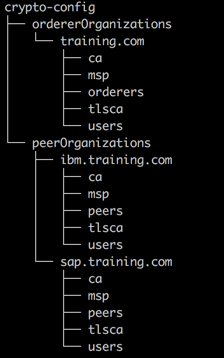
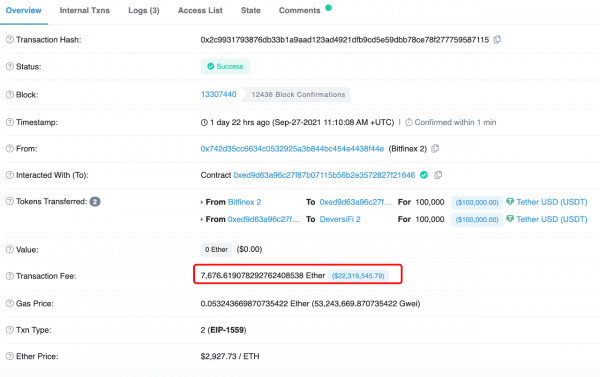
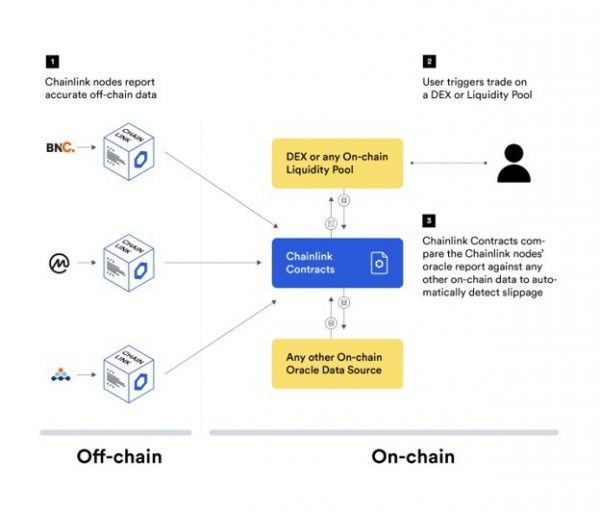

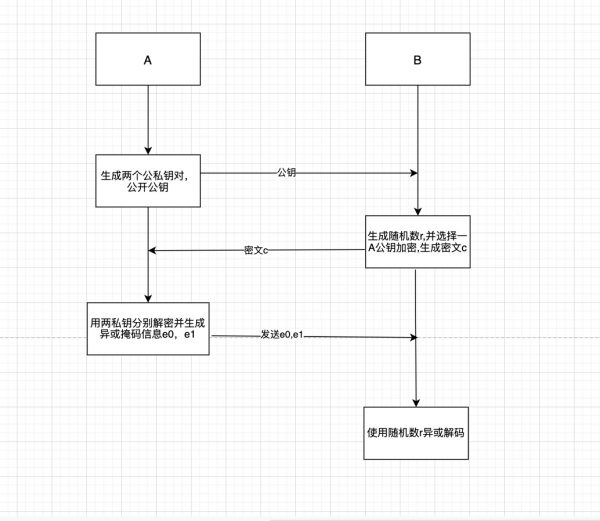

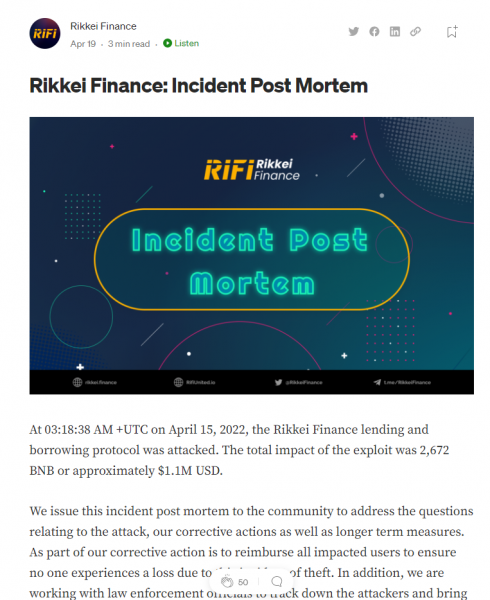
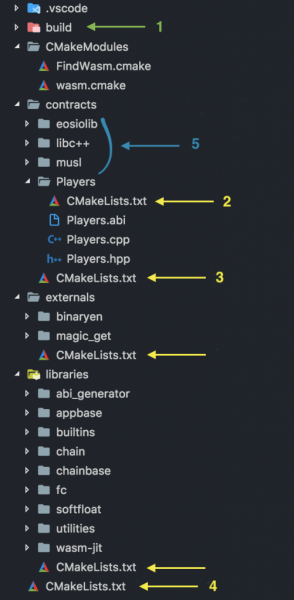
评论